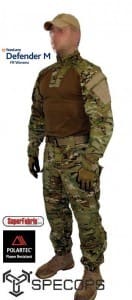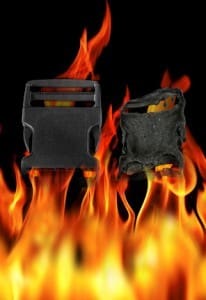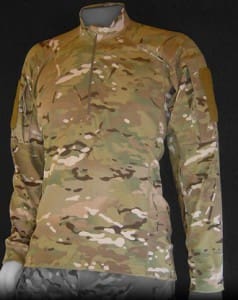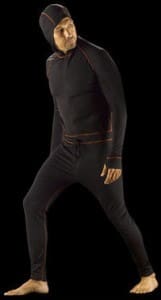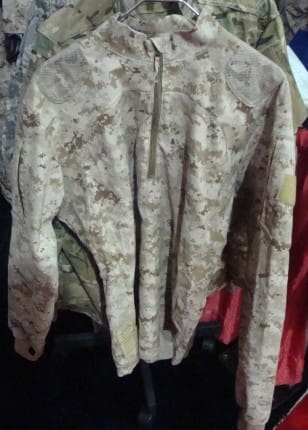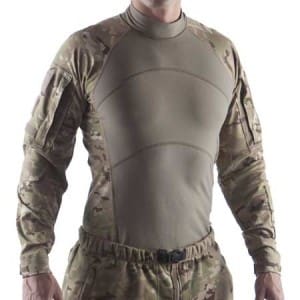In addition to producing the US Army issue Army Combat Shirt (and USAF Airman Battle Shirt), Massif has been producing several cool new FR garments. One of them is commercial Universal Combat Shirt which is based on the ACS. What’s more, these as well as Massif’s other new garments are available in an ever widening variety of colors including Tan, OD, and MultiCam. We have production samples of these new items and we can tell you that they are top notch for both design and quality. Check their entire line out at booth #26003.


